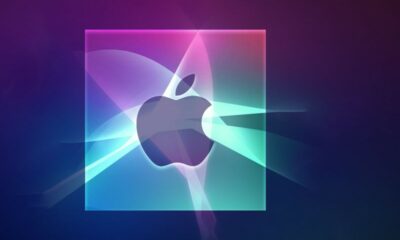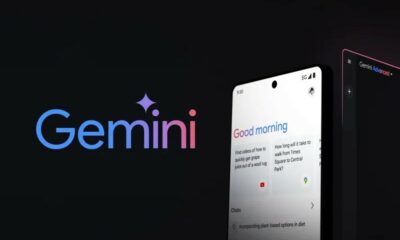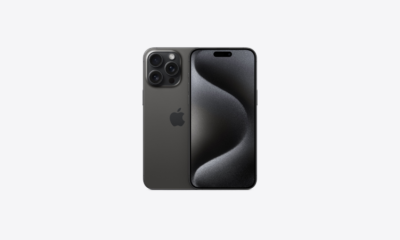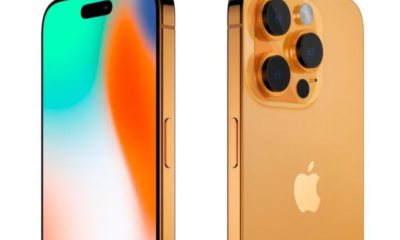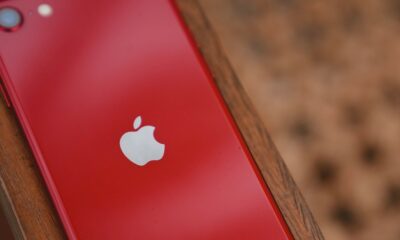Technology
The Steps to Change App Icons on iOS 14 Home Screen
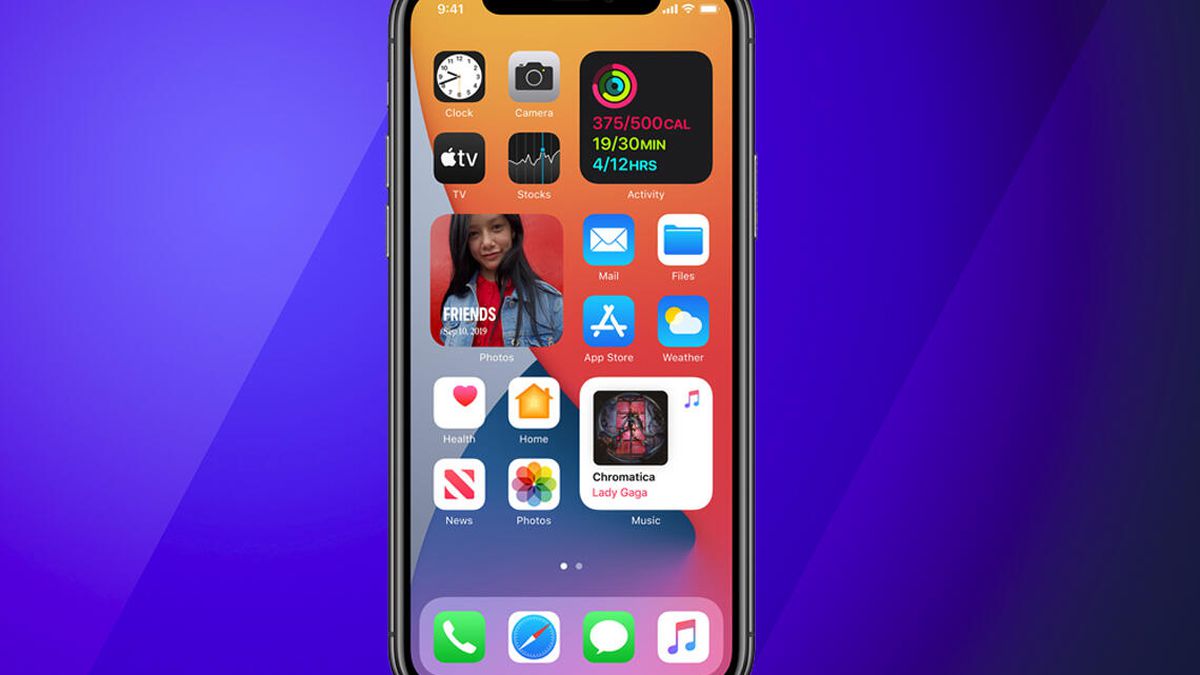
Technology
Microsoft Expands Copilot Voice and Think Deeper
Technology
Google Launches Free AI Coding Tool for Individual Developers
Technology
Elon Musk Unveils Grok-3: A Game-Changing AI Chatbot to Rival ChatGPT
-

 Business4 weeks ago
Business4 weeks agoBudget 2025 Highlights: Major Tax Relief for Middle-Class with Zero Tax on Income Up to ₹12.75 Lakh
-

 Technology4 weeks ago
Technology4 weeks agoA Complete Step-by-Step Guide to Integrating the WhatsApp Business API for Your Business
-

 Business4 weeks ago
Business4 weeks agoMicrosoft Acknowledges DeepSeek AI’s Innovations, Adds It to Azure AI Foundry
-

 Technology3 weeks ago
Technology3 weeks agoVivo V50: Design, camera and key features revealed ahead of India launch
-

 Business4 weeks ago
Business4 weeks agoU.S. AI Startups Eye New Opportunities Amid DeepSeek’s Rise
-

 Science4 weeks ago
Science4 weeks agoSpaceX to Launch 21 Starlink Satellites from Florida on February 4
-

 Sports4 weeks ago
Sports4 weeks agoNFC Secures Pro Bowl Games Victory with Flag Football Win Over AFC
-

 Entertainment3 weeks ago
Entertainment3 weeks agoPrincess Kate Reflects on Strength and Recovery in World Cancer Day Message

